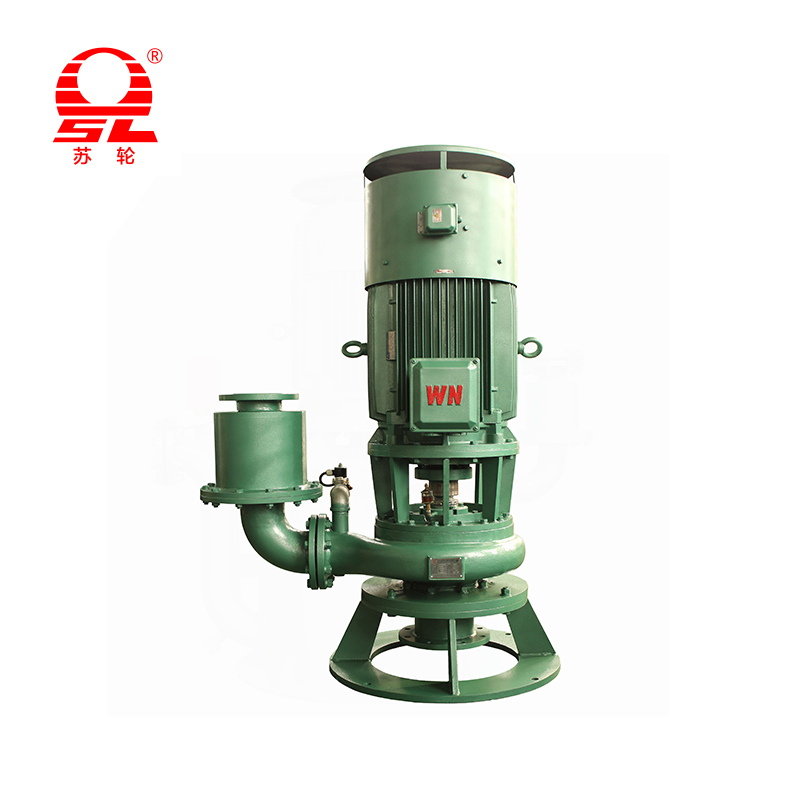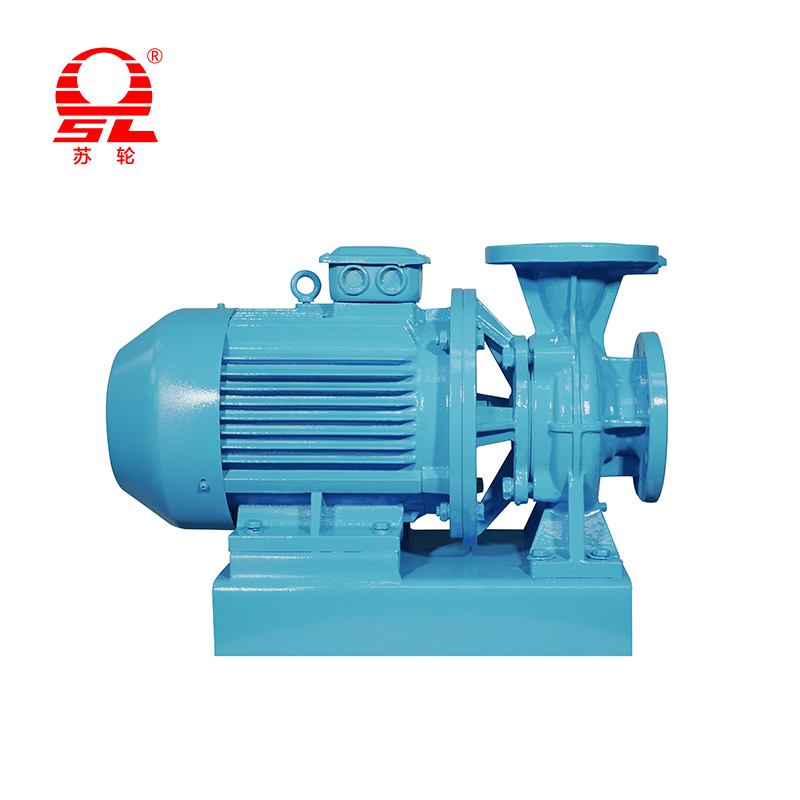What type of shaft seal is typically used in SLW series pumps
 2025.11.11
2025.11.11
 Industry News
Industry News
The SLW Series horizontal single-stage end-suction centrifugal pump is a workhorse in industrial fluid handling, and its long-term stability and reliability hinge critically on the shaft seal. This component determines the pump's ability to operate leak-free, ensuring system efficiency and safety. For the SLW Series, the most commonly adopted and professionally valued shaft seal is the cartridge mechanical seal.
I. Mechanical Seal: The Standard for SLW Series Pumps
SLW Series pumps are designed in strict compliance with international standards (such as ISO 2858). In contemporary industrial pump design, the mechanical seal has become the standard and preferred sealing method. This shift is driven by the need to overcome common issues associated with traditional gland packing, such as high leakage rates, frequent maintenance demands, and severe shaft sleeve wear.
A mechanical seal is a highly engineered device. It is essentially a fluid sealing mechanism consisting of at least one pair of end faces that are perpendicular to the axis of rotation. These faces maintain contact and relative sliding motion, kept together by fluid pressure, the force of a compensating mechanism (like a spring or bellows), and the assistance of secondary seals.
II. Structural Advantages of the Cartridge Mechanical Seal
SLW pumps predominantly utilize the Cartridge Type mechanical seal. This structure offers distinct professional advantages over component (non-cartridge) seals:
1. Pre-Assembly and Installation Precision
A cartridge seal is assembled at the factory as a complete unit, integrating the rotating ring, stationary ring, springs, shaft sleeve, and secondary seals. This pre-assembly eliminates the need for complex field measurements and adjustments. Installation involves simply sliding the entire sealed unit onto the pump shaft and locking it into place. This process drastically simplifies maintenance, crucially ensuring the precise perpendicularity and compression of the dynamic and stationary faces—a factor critical for preventing premature failure due to installation error. Presenting this high-value, precise installation information enhances the professional nature of the website content.
2. Friction Face Material Selection
The SLW Series includes variants like the SLWH (chemical pump) and SLWY (oil pump), demanding tailored friction face materials. The mechanical seal's materials must be specifically chosen to suit the pumped medium. Common material pairings include:
-
Silicon Carbide vs. Silicon Carbide (SiC/SiC): Ideal for media with high hardness, high abrasiveness, or high pressure. It offers exceptional wear resistance and chemical inertness.
-
Tungsten Carbide vs. Tungsten Carbide (TC/TC): Suitable for medium to heavy-duty applications, known for high strength and good thermal conductivity.
-
Graphite vs. Silicon Carbide (Graphite/SiC): Typically used for general water-based or non-abrasive liquids, leveraging the self-lubricating properties of graphite.
Selecting the correct material is vital to the seal’s reliability under specific operating conditions, underscoring the SLW pump's technical versatility.
III. Seal Chamber Pressure and Flushing Plans
The design of the SLW pump's seal chamber and the environment of the pumped medium are critical factors governing seal life.
1. Pressure Balancing and Media Isolation
Mechanical seals often employ a pressure-balanced design. This mechanism reduces the closing force (or face load) acting on the sealing faces, which in turn minimizes frictional heat and extends the seal's lifespan. Furthermore, the SLW seal chamber design must accommodate industrial standards, such as those derived from API Plans, to implement necessary flushing or quenching schemes.
2. Application of Typical Flushing Plans
For standard SLW pumps handling clean water or non-hazardous media (e.g., in circulating applications), a simple internal recirculation flush (similar to API Plan 11) is common. This involves diverting a small stream of high-pressure liquid from the pump's discharge, through a restriction or cooler, back into the seal chamber to lubricate and cool the friction faces.
For SLWH chemical pumps handling hot, volatile, or toxic media, more complex systems are required. This often necessitates external clean fluid injection (similar to API Plan 32) or a dual seal configuration with a barrier fluid. Dual seals use an isolating liquid to create a film between the sealing faces, aiming for "zero emissions" and preventing the pumped medium from reaching the environment or the bearing housing.
IV. Maintenance and Life Cycle Management
The SLW pump's "back pull-out" structure is perfectly complemented by the cartridge mechanical seal. This design allows maintenance personnel to replace the seal without disconnecting the pump casing or pipeline. By simply removing the motor, coupling, and bearing frame assembly, the entire cartridge seal can be extracted. This design significantly minimizes downtime.
Regular inspection is the core of seal life cycle management. Professionals should focus on monitoring:
-
Leakage Rate: A mechanical seal is expected to exhibit a tiny amount of "vapor" or "wetness," but a continuous stream of droplets is unacceptable. Increased leakage signals face wear or degradation of secondary seals.
-
Temperature: Monitoring the seal chamber temperature using an infrared gun or installed sensors is crucial. An abnormal temperature rise often indicates insufficient lubrication, flush failure, or excessive face pressure.
-
Vibration: Seal failure can lead to rotor imbalance, causing excessive vibration.

+86-0523- 84351 090 /+86-180 0142 8659

 English
English русский
русский عربى
عربى bahasa Indonesia
bahasa Indonesia










